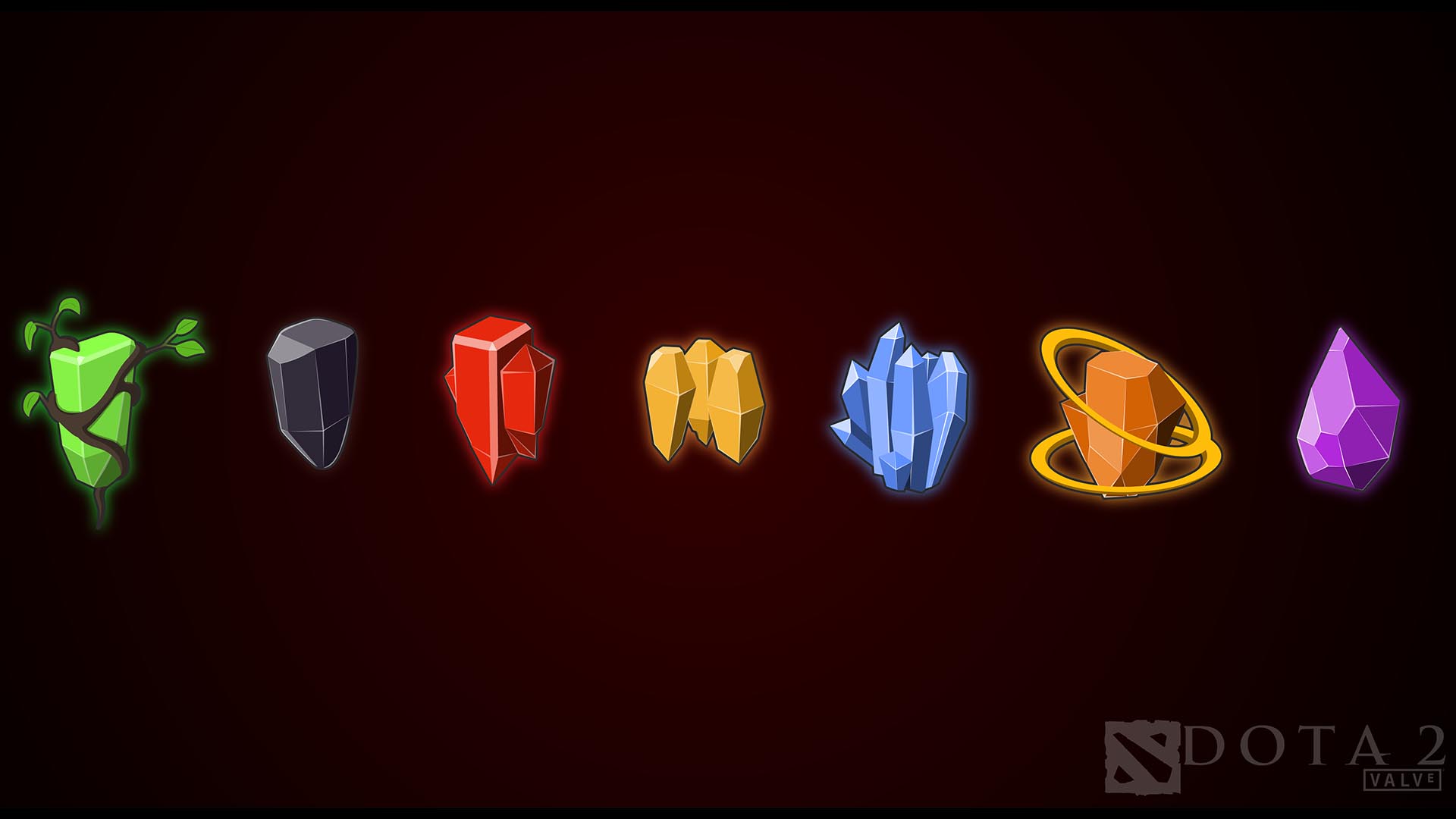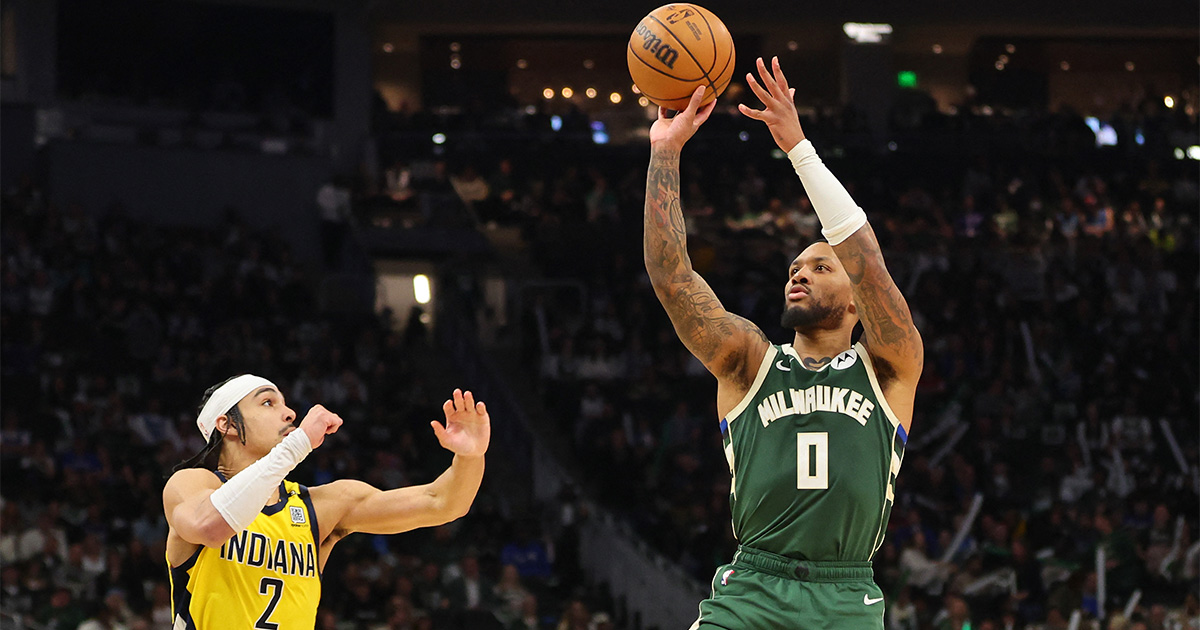Neutral objectives are commonplace in most MOBAs, where the team that can successfully conquer the objective will gain immense benefits that will help them close out games. In DOTA 2, we already have Roshan as the biggest neutral objective that grants a free Revive to a player in the winning team, as well as global gold for the killing team.
However, runes (specifically, powerup runes) are also another neutral objective that are rarely talked about. In fact, an entire metagame revolves around powerup runes and how supports will die for the team just to make sure carries (and the team) can use the rune to great use. Disguised as a simple buff for whoever takes it, runes actually dictate the early game pacing by a huge margin.
This begs the question: are Powerup Runes overpowered, or are they balanced?
Randomization
Powerup Runes spawn four minutes in the game, and they randomly cycle through a list of buffs that run for a period of time. Arcane Rune grants mana loss reduction and cooldown reduction, Double Damage increases the base attack damage by 100%, Haste maximizes movement speed and deflects slows, Illusion gives a one-time Manta effect and creates two illusions to be controlled by the player, Invisibility grants a 45-second invisibility effect, and Regeneration heals the player’s mana and health to maximum.
Some of these buffs definitely sound strong at 4 minutes, a time where players already have some ground with item leveled skills. The issue for most players is that it isn’t consistent for every game; they have to gamble between 6 different runes and then decide to either take the rune or sabotage it. As a result, early fights immediately happen at 4 minutes just for the runes.
Tempo Shift
Runes basically operate on a high-risk, high-reward system with RNG factors playing in the background. Because it a high-reward system, whichever team gets the rune is very likely to shift the game’s tempo towards their benefit.
By having access to a huge buff that can be saved for later if the player has a Bottle, the team gains massive agency on what they can do with the tempo shift they received from winning the rune wars. Pos 4/roamers with Haste get to scout and traverse the map pretty quickly, and they can gank lanes if needed. A mid-laner with Double Damage basically wins the wave control lane and can pressure the tier 1 tower. Players with Illusion can disrupt fights by faking ganks and help push lanes.
Runes largely bolster the winning team’s powers by a huge margin, and losing teams get to have a breath of fresh air and neutralize the odds if they can play their cards right. Tempo, after all, is finicky, and can shift between either team depending on the state of the game. If the player with the rune wastes its use, the tempo shifts to neutral or at a disadvantage because the rune ended up being useless.
Map Control
The biggest underlying concept when it comes to runes is the map control. Runes are situated in the rivers, lying at the boundaries of Radiant and Dire territory. In order for a team to eventually reach the enemy Ancient, they need to start from the outer walls of the enemy territory, and that starts with the walls and boundaries of their areas.
Map control is extremely important in winning games, and that is exactly why supports are already lining up as early as 1 minute before spawn to play around the runes. By having free access to the runes without threat, it is safe to say that the team who has map control can gain free runes whenever it spawns. Should an enemy try to breach territory and sneak the rune; the odds are highly immense against them.
Consequently, having control of the map does not simply mean only having the rune area; it also means that they can expand their control to the enemy jungle and gain more resources. In the early game, resources are the name of the game for carries and supports alike. Without resources, it is no different than from AFK-ing in the fountain.
Concluding Thoughts
Runes, everything considered, are one of the less spoken neutral objectives at average play, but to be the best, the underlying effects of the runes’ existence should be examined. As shown, players who want to make an early lead are always gearing to fight for the rune either to gain benefits from it, or to disrupt the enemy tempo by destroying it.
Which rune do you think is the strongest? Do they need a balance review? Share your thoughts in the comments below!

















Cheap Jordans Paypal Accept
cheap jordan for men
nike air jordan new releases
louis vuitton bloomingdales